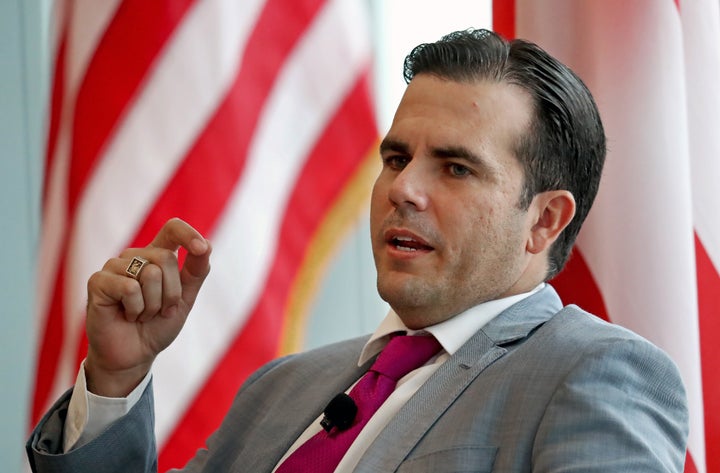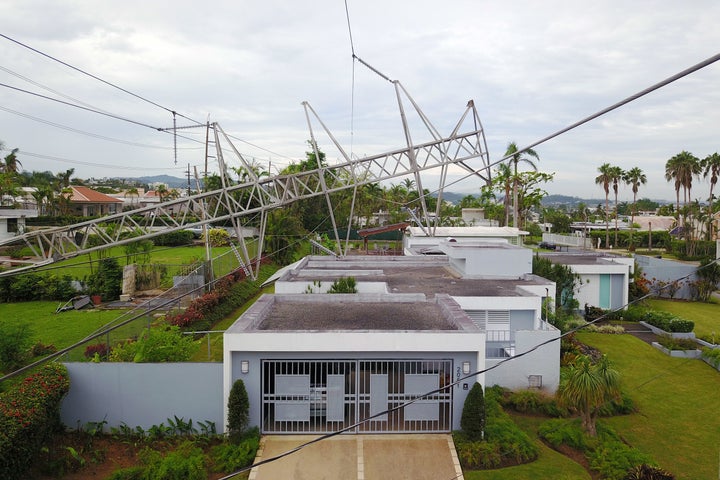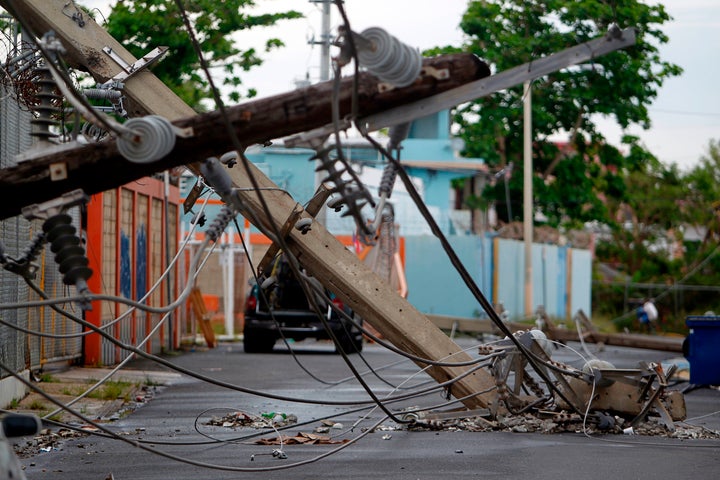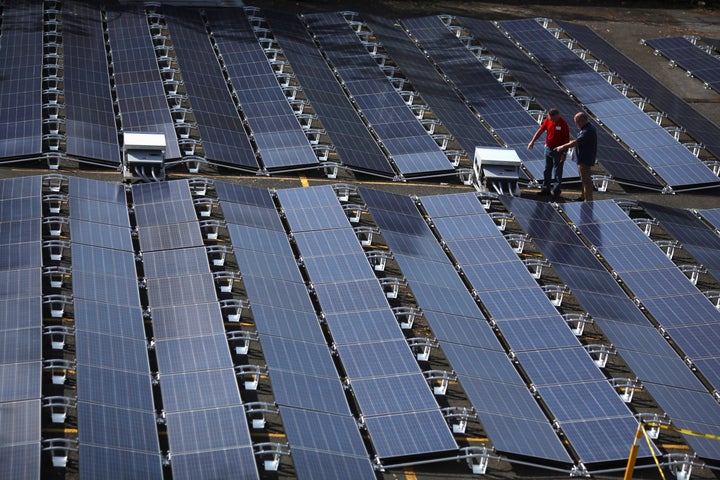Puerto Rico’s governor vowed to re-examine its official death toll from Hurricane Maria after independent investigations placed the number of storm-related deaths at roughly 15 times higher than the territory’s findings, The New York Times reported.
The island has reported just 64 storm-related deaths, while independent reviews by media outlets estimate the number to be around 1,000 when comparing deaths on the island from the same time in previous years.
Gov. Ricardo A. Rosselló, in a statement on Monday, said all deaths after the September storm that were attributed to natural causes will be reviewed. This apparent about-face follows his administration’s pattern of dodging questions and concerns about unaccounted deaths.

Rosselló, in his statement, admitted that the number “may be higher than the official count certified to death.”
“We always expected that the number of hurricane-related deaths would increase as we received more factual information — not hearsay — and this review will ensure we are correctly counting everybody,” he added.
The Category 4 storm, which made landfall on Sept. 20, knocked out power to 3.4 million residents across the island. As of press time Monday, nearly three months later, only 70 percent of the power grid is operating.

That widespread lack of power hindered critical medical treatment, likely contributing to the spread of disease and the high number of deaths.
A review by the Times found that 1,052 more people than usual died across the island in the 42 days after the storm. The leading causes of death in September were diabetes and Alzheimer’s disease. There were also 50 percent more deaths from sepsis, a life-threatening illness that originates from infection.

Puerto Rico’s Center for Investigative Journalism (CPI) similarly found that the average daily death rate increased by 43 percent following the storm, with most of those who died being over the age of 50 and dying in hospitals and nursing homes.
The increase in the daily death rate peaked on Sept. 21 and 25 at 80 percent. Deaths also increased by 23.3 percent in October, the CPI found.
Reviewing and updating the death toll is expected to be a lengthy process, with officials having to interview family members and doctors who signed death certificates, the Times reported.

There’s the possibility that many deaths indirectly caused by the storm might not get counted because of the way the bodies were handled.
BuzzFeed first reported in October that crematorium staff on the island admitted to burning the bodies of those who had died after the storm from reasons like the failure of dialysis and oxygen machines after the electricity went out. Their deaths were marked as “natural causes.”
The U.S. territory’s Department of Public Safety confirmed to HuffPost following that report that more than 900 bodies had been authorized for cremation by the government, despite medical examiners not appearing to have conducted physical examinations of the bodies.
